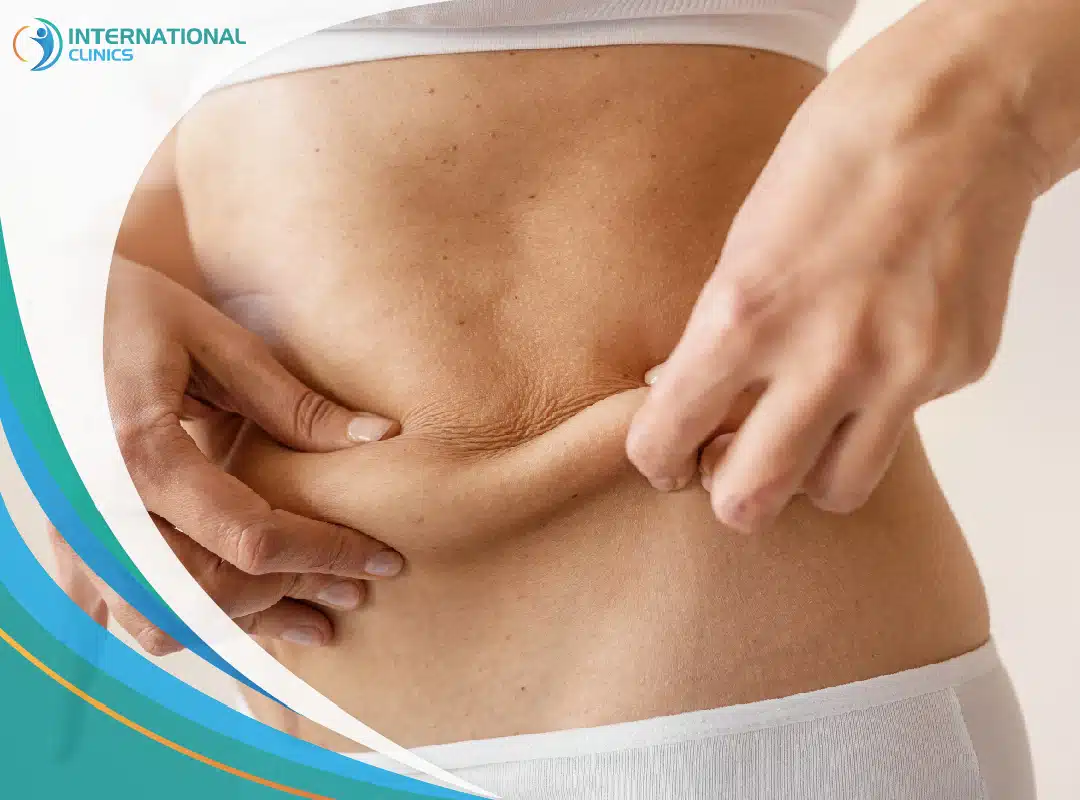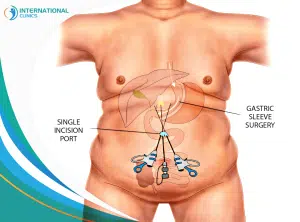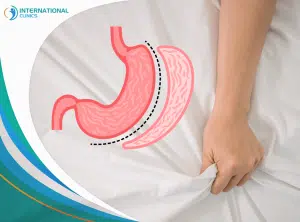Gastric sleeve (sleeve gastrectomy) is a popular weight loss or bariatric procedure that many people hesitate to try due to its alleged risks and complications.
The issue of developing gastric sleeve scars in particular remains one of the most debated issues among people, even among those choosing to have gastric sleeve in Turkey.
Although various techniques are used for the surgery and new methods are being developed, the issue of having visible scars after the procedure remains a prevalent concern among the public. In any case, the patient’s skin type, color, and texture play a role in developing scars.
What Are Gastric Sleeve Scars?
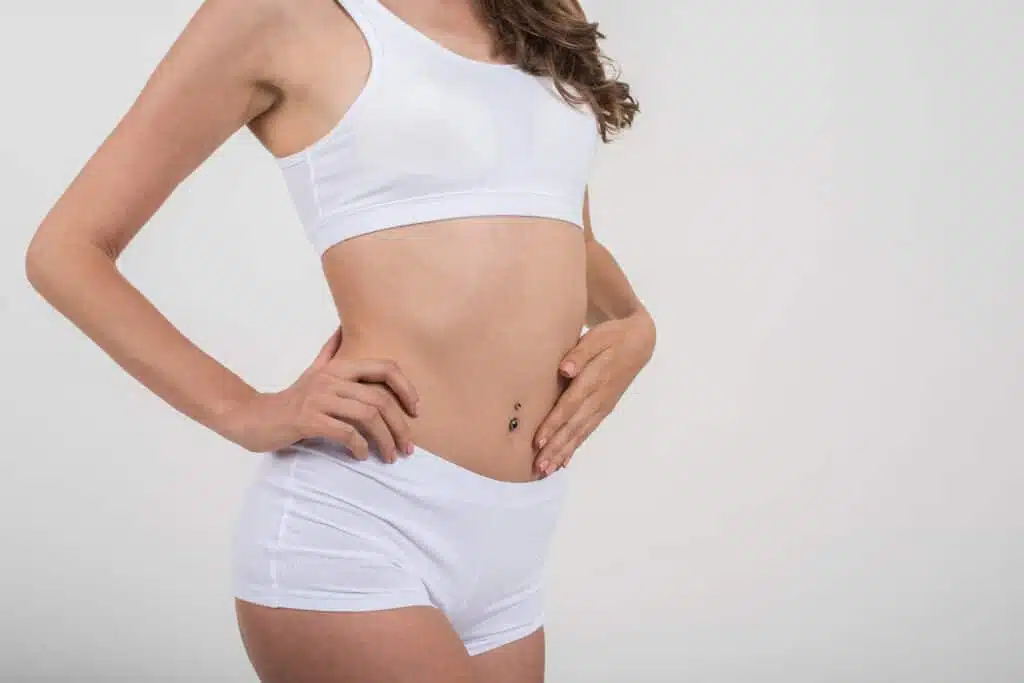
Gastric sleeve scars refer to scars that appear on the surgical site following gastric sleeve surgery. These scars come in different shapes depending on the surgical method and the number of incisions, but they tend to disappear or fade as time goes by.
The surgical methods include a single-incision laparoscopic gastric sleeve, multiport laparoscopic gastric sleeve, and open gastric sleeve surgery in Turkey. Unfortunately, all these methods can produce scars of different sizes and lengths.
Some scars are hardly visible, while others appear as multiple small scars on the abdomen. Moreover, some people may complain about a large scar that runs from the breastbone to the naval area. The location of the incisions and the tools used during the surgery can also affect the intensity and width of the gastric sleeve scars.
Signs of Gastric Sleeve Scars
Scars are often described as hypertrophic scars if they appear above the surrounding skin, keloid scars if they extend beyond the borders of the incision, or oversized scars if they develop due to infection or reopening of the incision.
In addition, some scars may appear thick or discolored, especially after exposure to sunlight. Signs of gastric sleeve scars vary depending on the type of gastric sleeve. Below is a brief description of gastric sleeve techniques and the scars they may produce:
Open Surgery Scars
This method is rarely performed and requires a longer incision of around 8-10 inches (20-25 cm), making it more likely to leave a large scar on the abdomen. Besides the risk of leaving large and visible scars, open surgery poses a higher risk of infection and other complications.
Multiport Laparoscopic Scars
This technique was developed in the 1990s as an alternative to open surgery. It involves making 4 to 5 small incisions in the abdomen as entry points for the surgical tools to reach the targeted area of the stomach. Hence, this technique can produce 4 to 5 scars that appear as small lines under the breastbone and above the belly button.
Single-Incision Laparoscopic Scars
During this surgery, your surgeon only creates one incision within the belly button, resulting in a hidden scar. However, this method is not widely used as it poses technical challenges and doesn’t fit the condition of all patients. Scars from laparoscopic bariatric surgery tend to fade and become almost invisible over time. Interestingly, a study found that single-incision laparoscopic surgery is safer and produce better cosmetic outcomes compared to multiport laparoscopic surgery.
Irresistible: gastric sleeve 10 years later
Causes of Gastric Sleeve Scars
When an incision is made in the skin during surgery, scarring will be an inevitable outcome. In this case, the body’s natural healing process is to blame as new collagen tissues are formed to repair the injured area.
Unfortunately, the newly formed skin will have a different color and texture than the surrounding skin. Different factors influence the likelihood of scar formation after bariatric surgery. Such factors include:
- The level of invasiveness: Depending on the technique used, a gastric sleeve could leave fairly small scars or large scars. Multiport laparoscopic surgery, which is the commonly used technique, will leave you with 4-5 small scars across your abdomen. Open surgery, which is the least used technique, leaves a visible scar.
- The patient’s age: Younger patients may develop raised and irregular scars called keloid scars. The reason behind this phenomenon has to do with collagen production, which occurs at a higher rate among younger people.
- Postoperative care: Wound care during the healing process is a very important factor that is going to determine the size and shape of scars after surgery.
- Genetics: Some people are more likely to develop visible scars after surgeries because of their genetic makeup.
Gastric Sleeve Scars Treatment
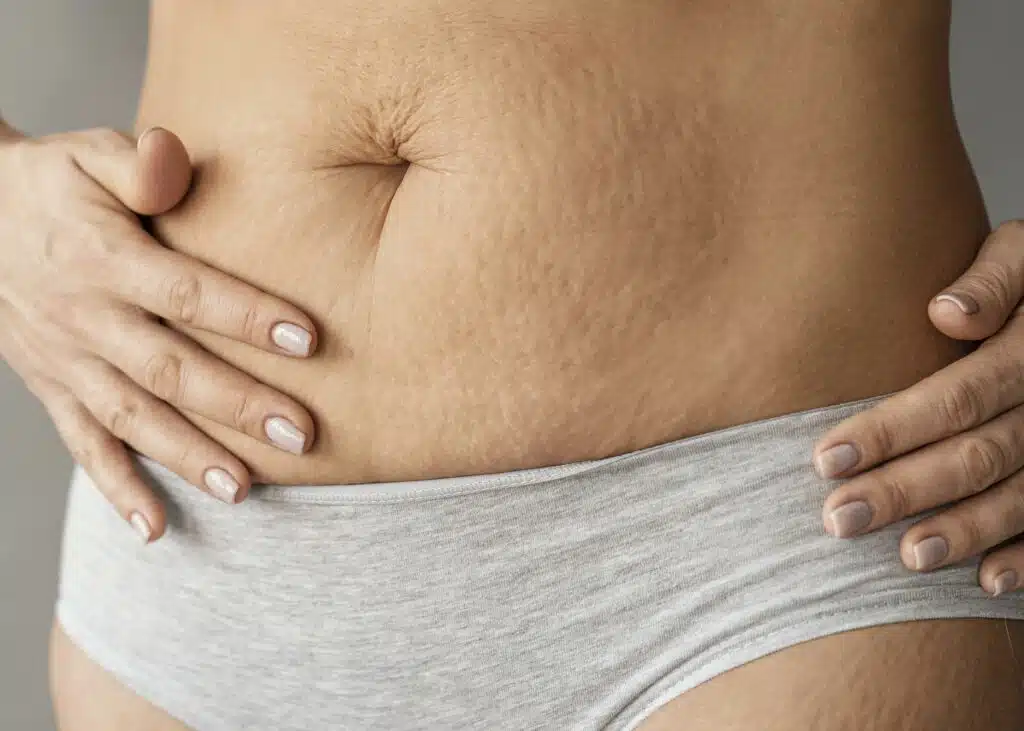
Scars resulting from gastric sleeves usually become minimal and fade with time. If they remain in place, doctors can treat them in a variety of ways, but each treatment has its own set of benefits and potential side effects. Below are some of these treatments:
- Laser treatment: Laser treatment has a good reputation in treating scars. Different types of lasers are used to target different scar tissues, such as small blood vessels or collagen fibers.
- Injections: Corticosteroid injections can be used to reduce the size of keloid scars and make them smaller and flatter. However, these medications have their own side effects and contraindications.
- Massage & pressure therapy: Pressure therapy using bandages is another treatment that can prevent scars from forming or decrease their size during the recovery period. Some doctors suggest massage therapy to break up scar tissue.
- Scar-revision surgery: Despite being another invasive surgery, scar-revision surgery can remove a scar, improve its appearance, or transplant skin from another area.
- Creams and ointments: You can try silicone ointment, corticosteroid cream, or silicone gel sheets to help treat scars However, it’s important to talk to your healthcare provider before using these options, especially if you have dark skin.
Gastric Sleeve Scars Prevention
To prevent scar formation after gastric sleeve, rigorous attention should be given to the surgical technique during the surgery and the postoperative care. Tips and instructions that you need to follow include:
- Keep the incisions clean and covered. Wash them with soap and water and use dry them carefully with a clean towel,
- Apply sterile bandages or wound dressings as directed by your surgeon and avoid picking or rubbing the site.
- Talk to your surgeon about using scar-minimizing creams or sheets, such as silicone sheeting or creams.
- Follow your dietitian’s instructions and stay hydrated to ensure an optimal body healing process.
- Follow your surgeon’s exercise recommendations and avoid overdoing any form of physical activity
- Protect your scars from sun exposure by covering them or using sunscreen.
- Avoid smoking, alcohol, and caffeine as they can hinder healing.
- Get plenty of rest and contact your surgeon immediately if you notice any warning signs such as redness, excessive leaking, or changes in the fluid from the incisions.
Gastric Sleeve Scars Before and After
People like to see with their own eyes how scars form after a gastric sleeve. This gives them a perspective about what could happen if they choose to move on with the procedure. However, not all cases are some. As mentioned before, scar formation depends on various factors, and it’s not rational to generalize one idea about this issue. In any case, below are some gastric sleeve scars before and after images:

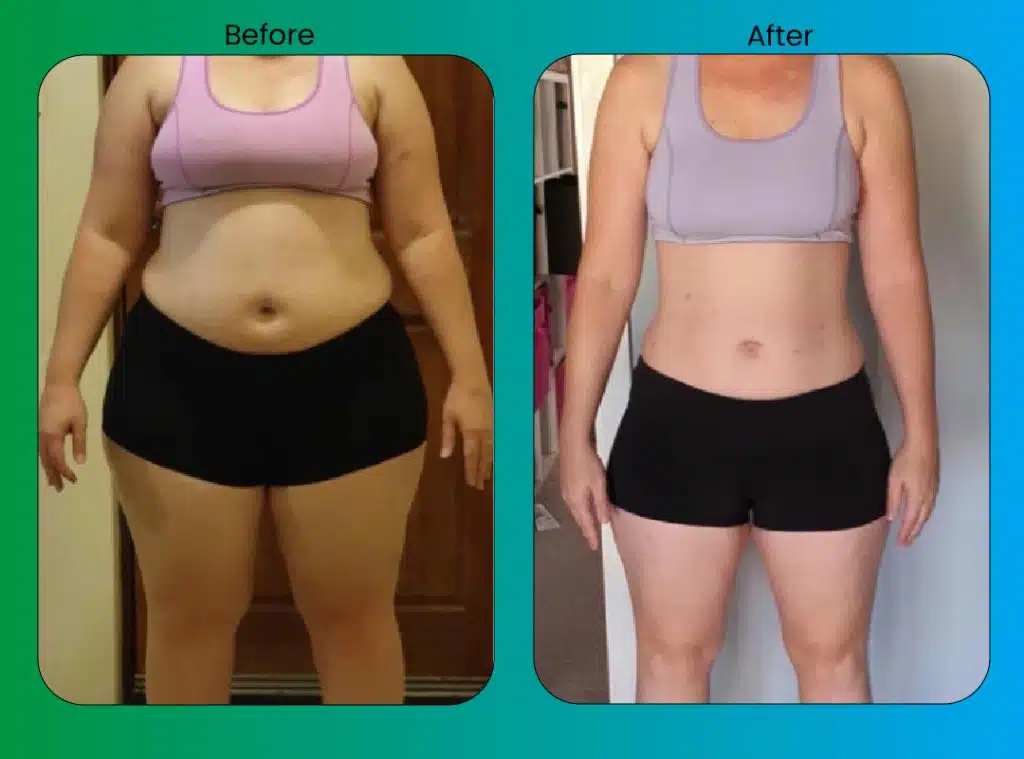
Gastric Sleeve Alternatives
If you prefer to avoid gastric sleeve or gastric bypass due to worries about scars formation or increasing the gastric sleeve cost in Turkey, you can think of other alternatives such as:
- Stomach Botox: The use of gastric botulinum toxin injections for weight loss has become more common, especially in Turkey. Surgeons can inject botulinum toxin into the stomach’s fundus through a needle. This alone can affect the stomach’s muscles and slows the digestion process, leading to less appetite and more feeling of fullness. However, the effect of Botox is temporary.
- Gastric balloon: This is another temporary weight loss solution. A surgeon inserts the balloon into the stomach, where it’s going to reside only for less than 6 months. As a balloon takes up more space in the stomach, you’re going to have less desire for food, leading to weight loss, especially if combined with a healthy low-calorie diet and a good routine of physical activity.
The Bottom Line
Gastric sleeve scars constitute a nightmare for many people who intend to undergo obesity surgery in Turkey. These scars come in different shapes and colors, but they usually fade away, but not always. Many treatment options are available to deal with these scars.
International Clinics provides gastric sleeve surgery to international patients at affordable cost. Our surgeons keep scar formation in mind while performing the surgery. They try their best to leave fewer, less noticeable scars as possible on the abdomen. You can contact us immediately using the Contact Us button below.
Frequently Asked Questions
Do Gastric Sleeve Scars Go Away?
As time goes by, gastric sleeve scars will start to fade away and become hardly visible, especially after the months that follow the surgery. However, if the scars are large or extend as straight lines, they may need more time to disappear.
What Will My Gastric Sleeve Scars Look Like?
Gastric sleeve scars don’t look the same in all cases. Depending on your skin color and texture, they may not be visible at all, especially if your surgeon performed a single-incision surgery. If they choose multiport laparoscopic surgery, however, the scars may be visible as small dots.
How Many Scars Do You Get from Gastric Sleeve?
You’ll get somewhat between 4-5 small scars on your abdomen if your surgeon performed the multiport laparoscopic surgery. The open surgery leaves a large, extended scar in the abdomen, but luckily, this technique is rarely used these days.
How Many Years Does Gastric Sleeve Last?
The gastric sleeve is a permanent surgical suction. So, the results should remain in place in the long term. However, some people can regain weight after 2 years following the surgery. This happens frequently, but the amount of weight they gain is still far less than the weight they could have gained without the surgery.
Why Is Divorce Rate So High After Bariatric Surgery?
The reason why the divorce rate is so high after bariatric surgery might have to do with changes in lifestyle. As patients try to adhere to a new diet and new lifestyles, their relationships might be altered subsequently.
How Painful Is Gastric Sleeve Surgery?
Gastric sleeve surgery isn’t a painful procedure. Your surgeon is going to give you general anesthesia to prevent any pain during the operation. However, you may feel mild discomfort after the surgery, but this likely will disappear within a few days.
Why Does Hair Fall Out After Gastric Sleeve?
As you continue to lose weight and your body becomes depleted from different minerals in a short period of time following the surgery, it’s become totally expected for hair to fall and notice other changes in your skin and nails.
Can Your Body Reject Gastric Sleeve?
The body has no option to reject or accept a gastric sleeve because the surgery doesn’t involve the insertion of any prosthesis or band. It also doesn’t affect digestive functions the same way as other more invasive obesity surgeries, such as gastric bypass.
Read more:
Gastric Bypass Surgery in Turkey
Obesity Surgery Cost in Turkey
